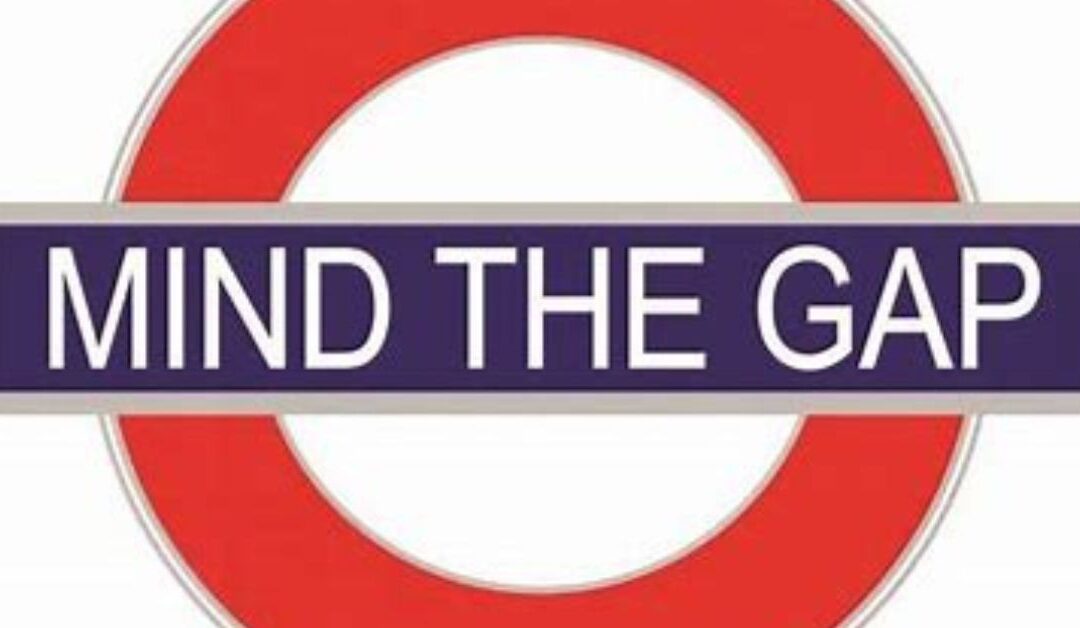
Fake News
IN THE BEGINNING
There’s nothing new about fake news. After all it’s been part of subterfuge and deception ever since the serpent convinced Adam and Eve it was a good idea to eat that apple. If they’d been a bit more thorough with their due diligence they would have spotted the trickery for what it was; that apple would still be hanging there, and we’d have been in a state of grace ever since.
They did us all a favour though, for it is because we know the world is far from perfect that we’ve developed an innate degree of cynicism that protects us from the perils of blind faith. It is healthy to question whatever we see before us, and we make judgement calls based on risk assessments which can be instinctive or carefully considered. It is only when we are off our guard that we are in danger of being duped, and this is what those who create fake news are counting on.
THROUGHOUT HISTORY
History is rife with examples of false information leading to diversionary tactics that altered an outcome. Fake news when used by the media is nothing new either. Deliberately designed to mislead, propaganda has always been an effective tool to cause people to behave in a way that they otherwise wouldn’t. Back in WW1 it would have been too damaging for morale if the true horrors of Passchendaele and Gallipoli were relayed back home – not to mention how useful that information might have been to the enemy – so the headlines were of ‘Victory’ instead of the unpalatable truth. The British used some very inventive tactics for persuading the US to lead the Allies against the Nazis in WW2, and you’ll not have to dig far to discover numerous other examples where ‘news’ has been concocted, published, relayed, acted upon and later exposed as fake, by which time the intended results would already be history.
MODERN DAY
Online fake news adds a relatively modern twist and has been termed “the scourge of democracy” due to the massive influence it can have on political campaigns, notably the US Presidential election and the Brexit referendum. “Social Media fake news is inflaming the gullibility of the ill-informed” is another headline which should have us all worried about the long-term implications.
Motivation for spreading this sort of news takes various forms, and there may be no more sinister intention in its everyday usage than to either boost hopes, stoke fears or underline biases. How it may affect you yourself could have a knock-on effect to others, and this is the whole point of fake news in the modern world. The technology behind social media platforms enables information to change hands in an instant and feed on itself before anybody has spent any time bothering to separate fact from fiction. It doesn’t help that since everybody has reached a tech-savvy level of professionalism it is very easy to pass something off as real, and in wanting to prove that we’re involved, in the know and an active component of our social network we are inclined to hit ‘send’ before really thinking about the consequences. It may or may not have had a harmful effect on us the sender, but we have no idea how it might affect everybody else.
LOOK BEFORE YOU LEAP.
‘Healthy’ and ‘cynicism’ are two words that so often go together, and for good reason. A critical mindset doesn’t have to imply that you’re intent on being argumentative just for the sake of it. Rather it means that your senses will be on permanent alert. After a while this will become instinctive, and once you start to trust these refined instincts you’re in good shape.
TESTING FOR FAKE NEWS
Here are some real (maybe) examples of fake news:
- “The Pope endorses Trump as presidential candidate”.
- “Instant disqualification if caught speeding on the M25”
- “Left-handed people are more at risk of catching COVID-19
- “Elbow gland secretion responsible for spreading virus”
- “NHS to offer FREE BEER prescriptions to hard-up Brits”
Whenever a headline catches your eye as it flashes up on your news feed, here’s how to react:
- Ask yourself how it makes you feel. Pleasantly surprised? Horrified? Dubious? Vindicated? If any of the above, those hopes/fears/biases that fake news aims to exploit are now aroused, and alarm bells should be primed to ring. It may be that nothing is untoward but the fact that you’ve bothered to ponder this question is a great start.
- Keep it to yourself. Before you even consider the point of passing information on to somebody else, ask yourself why you have received this news. Is it a random ad or an article, and is the source known to you? Does it come from an activist group or a neutral source?.
- Double-check the information. Ask around. You may be in good company, but bear in mind that just because something’s trending it could still be fake. Is the same story running on different websites that you can trust? Has any reputable TV channel run the item? Is it a scam about which you can find warnings via a search-engine?
- Does it literally sound too good to be true? If so, then it almost certainly can be dismissed as fake. It could also be too bad to be true, and if you can keep your emotions in check while you separate fact from fiction you’ll be all the wiser for it.
- Learn to read the signs. Unusual URLs, wrong spelling, inconsistent grammar, dodgy-looking account handle or username and exotic domain names are easy to spot if you’ve bothered to look. They are not only a sign of something sinister which can disrupt the workings of your computer, but you could unwittingly pass them onto somebody else.
The picture of daisies at the top of this blog was posted on Twitter in 2015 to show the frightening consequences of nuclear exposure following the Fukushima Daichi Nuclear Plant explosion back in 2011.
Or does it? Get into fact-checker mode; go through the process above and see for yourself if it’s really true.
Consequences of deception needn’t necessarily be harmful in the context of an April Fool or a conjuring trick, but in other instances there can be longer-reaching effects, intended or otherwise. Fake news at home or in the workplace can have a negative effect on trust and morale so we’d be wise to expect it, know how to identify it and be very careful what we do with it.




